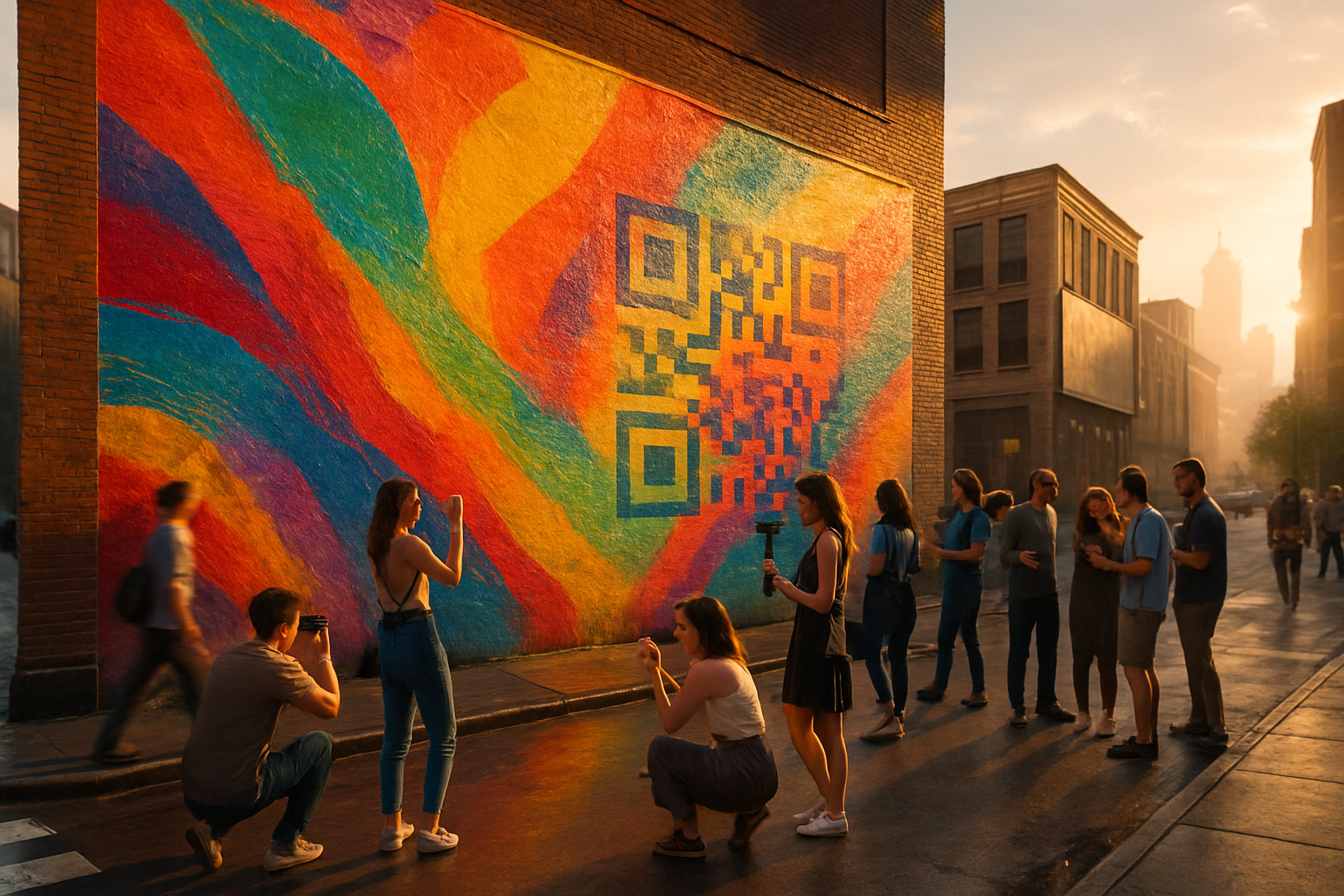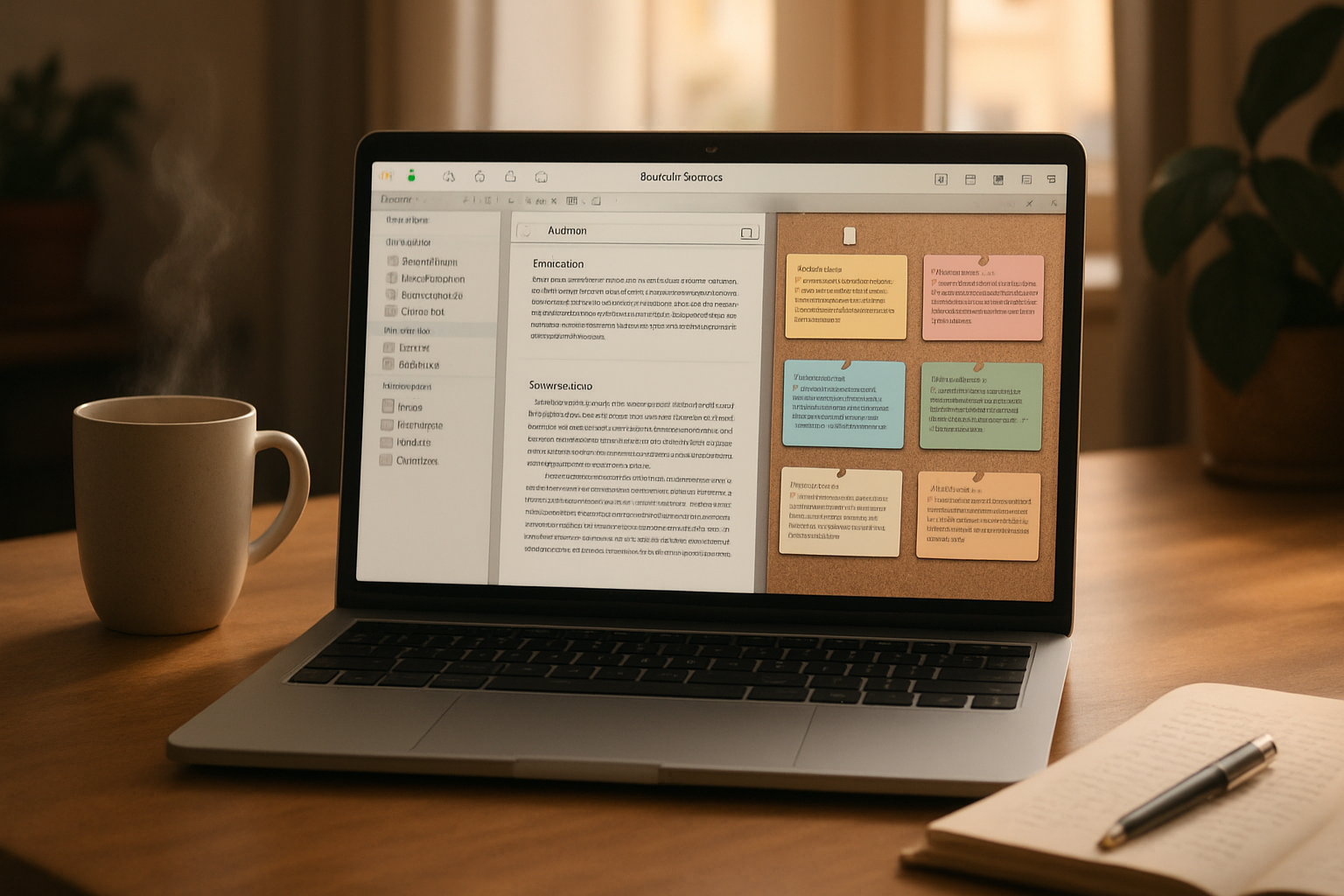· creativity · 7 min read
Murals vs. Billboards: Why Murals are the Future of Urban Advertising
Murals are overtaking billboards as the most effective urban advertising channel. This deep dive explains why-using evidence, case studies, and a step-by-step playbook brands can use to plan, execute, and measure mural campaigns that outperform traditional outdoor ads.

Outcome first: get more attention, better brand affinity, richer audience data and social reach from the same outdoor budget. Read on and you’ll have a practical, step-by-step playbook for swapping static hoardings for living walls that work harder - for longer.
Why murals win (fast reasons up front)
- Murals stop people. They draw photos and conversations. Billboards are ignored. Period.
- Murals feel local and authentic. People trust them more than corporate signage.
- Murals generate shareable user content - organic reach that a static billboard rarely achieves.
- Murals can be anchored into neighborhoods, events and culture. Billboards are floating interruptions.
Now let’s unpack the proof, the playbook and the risks - so you can decide where to allocate your next OOH dollar.
The psychology and performance edge of murals
Attention and dwell time
- A mural is an experience. It’s more than a message; it’s a thing people will stop for, examine and photograph. Human attention is drawn to novelty, color, and narrative - all strengths of well-designed murals.
Authenticity and trust
- Street art and murals read as local, creative expression. That aura of authenticity maps to higher brand trust and affinity compared with an in-your-face billboard.
Shareability and earned media
- People post murals to social channels. That turns geography into organic reach. A single iconic mural can produce thousands of impressions online without additional ad spend.
Integration with place and community
- Murals are embedded in neighborhoods. They can build relationships with residents and local media, creating goodwill that outlasts a campaign.
Longevity and cost amortization
- A mural can remain relevant for months or years. When you amortize cost over that lifespan, mural CPM often becomes highly competitive with short-term billboard buys.
These advantages are supported by organizations that study public art and OOH advertising. See resources from the Outdoor Advertising Association and public-art programs for evidence on reach, engagement and civic impact (OAAA, Americans for the Arts).
Evidence & case studies
Wynwood Walls, Miami - cultural & economic transformation
- What started as an artist-curated mural district helped convert neglected industrial blocks into a tourism magnet and cultural destination. Wynwood’s murals attracted foot traffic, retail investment and a new identity for the neighborhood, showing how art-led place-making can multiply the returns of visual campaigns (Wynwood Walls).
Mural Arts Philadelphia - civic scale, long-term impact
- Philadelphia’s Mural Arts program has produced thousands of public artworks, contributed to community development, and shown how art can be used as a purposeful civic strategy rather than a one-off media buy (Mural Arts Philadelphia).
Brand examples
- Absolut Vodka is a long-running example of a brand that used murals and artist collaborations to position itself as culturally embedded rather than intrusive - a strategy that multiplies earned coverage and creative capital.
- Smaller, targeted campaigns by footwear and lifestyle brands have used single murals to launch products in local markets with strong social engagement. (Look for brand case write-ups in industry press such as Adweek and Fast Company for campaign specifics.)
For context about how OOH and place-based ads drive behavior, see research and industry guides from organizations like Nielsen/Geopath and the Outdoor Advertising Association of America (Geopath, OAAA).
Hard numbers: cost, lifespan, and CPM
- Typical mural costs - from a few thousand to tens of thousands of dollars depending on size, artist reputation, materials, scaffolding and permitting. Small local murals can start around $2k–$10k; large, high-profile walls commonly run $10k–$75k or more.
- Typical billboard costs - vary wildly by market and format. A single large display in a major city can cost several thousand to tens of thousands per month.
- Important point - murals are not a direct one-month-for-one-month substitute. Their value comes from extended life and earned media. A mural that stands for 12–36 months and earns social reach can result in a lower effective CPM than a billboard rented month-to-month.
Caveat: exact numbers vary by city and campaign. Always get local quotes and model scenarios for expected lifespan, earned media and maintenance.
Strategy playbook: how brands should plan and execute mural campaigns
Define the outcome before the art
- Awareness? Store opening? Community goodwill? Product launch? Your objective determines location, size and creative brief.
Choose the right wall and neighborhood
- Visibility and footfall matter, but context matters more. A lower-traffic wall in the right cultural neighborhood may deliver better engagement and social sharing than a high-traffic arterial billboard.
Invest in the creative brief - not just the logo
- Commission an artist brief that includes the brand idea, but leaves room for the artist’s voice. The best murals are co-created; they feel honest, not ad-like.
Select artists strategically
- Pick local artists for local credibility; pick well-known street artists for destination appeal. Set clear IP and reproduction terms in the contract.
Get permits, insurance and sign-off early
- Coordinate with property owners, city arts commissions and neighborhood groups. Ensure permits and public safety plans are in place. This reduces delays and reputational risk.
Build community ownership
- Host a public painting day, invite local organizations, and create programming. Community buy-in reduces vandalism and increases earned coverage.
Integrate digitally
- Add subtle CTAs - a QR code that opens an AR filter; an invitation to tag the brand on Instagram for a chance to win; a waypoint in a location-based experience. Turn physical attention into measurable digital actions.
Measure, report, iterate
- Track KPIs - social impressions and shares, hashtag usage, QR scans, footfall (via mobile location providers), incremental web traffic and brand-lift studies. Compare these against billboard benchmarks in the same market.
Maintain (and plan exit)
- Plan for cleaning, touch-ups and an eventual decommissioning or repurposing. A neglected mural can become brand liability.
Measurement: how to prove murals work
- Social metrics - hashtags, mentions, post volumes, influencer reposts and earned media mentions.
- Physical metrics - pedestrian counts and mobile footfall analysis (SafeGraph, Placer.ai and other providers can show visit lifts around a mural).
- Interaction metrics - QR and short-link scans, AR engagements, and contest entries.
- Brand lift studies - short surveys before and after the mural activation against a control group.
- Comparative CPM analysis - amortize the mural cost over expected lifespan and divide by estimated impressions (physical + social) to compare to billboard CPMs.
Combine these measurements to build a composite ROI statement (e.g., visit lift + earned media value + brand lift ÷ campaign cost).
Legal, ethical and reputational considerations
- Ownership and IP - get a written agreement covering rights to reproduce the art in ads, merchandise and online.
- Community consent - murals that ignore local stakeholders often attract backlash. Partner with neighborhood groups and local artists.
- Vandalism & political risk - public walls can be canvases for protest. Plan for maintenance and a communication strategy.
- Permits and local law - many cities require permits or have public art review processes. Work with legal counsel or a local arts liaison.
See resources from municipal arts agencies and national groups for permit workflows and best practices (Americans for the Arts, local city arts commissions).
When not to choose a mural
- If you need instant, broad reach in many scattershot locations across a metro area, traditional OOH networks or DOOH may be more efficient.
- If your message must remain short-term and hyper-targeted to a commuter corridor with measured impressions, a specific billboard buy can still be the right tactic.
But even in these cases, hybrid approaches - mural plus programmatic DOOH - often deliver the best of both worlds.
Quick checklist for a brand-ready mural brief
- Objective and target audience
- Desired neighborhood and specific wall(s)
- Creative direction (what’s untouchable, what’s open)
- Artist criteria and selection process
- Measurement plan (social, footfall, digital CTAs)
- Permits, insurance and maintenance plan
- IP, licensing and merchandising terms
- Budget ranges, timeline and contingency
Final verdict - why murals are the future of urban advertising
Murals convert the anonymous city into a stage. They replace passive interruption with active engagement. They build neighborhood capital and generate organic storytelling that billboards rarely buy. They’re not just ads; they’re cultural investments.
If you want attention that lasts, trust that grows and content that spreads - and if you want to turn local presence into measurable business outcomes - murals are a better long-term bet than the next rotating board on the side of the highway.
Choose memorable work. Choose local allies. Measure deliberately. And remember: the wall keeps working long after the billboard is taken down.
For practical resources on outdoor ad measurement, public-art programs and mural governance, see the Outdoor Advertising Association, Americans for the Arts, Geopath and local mural programs such as Wynwood Walls and Mural Arts Philadelphia (OAAA, Americans for the Arts, Geopath, Wynwood Walls, Mural Arts Philadelphia).



